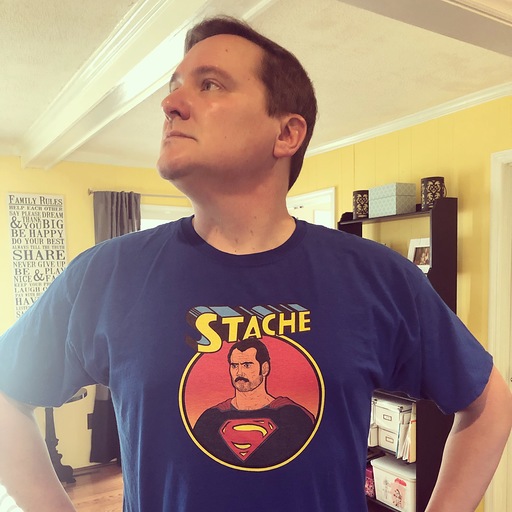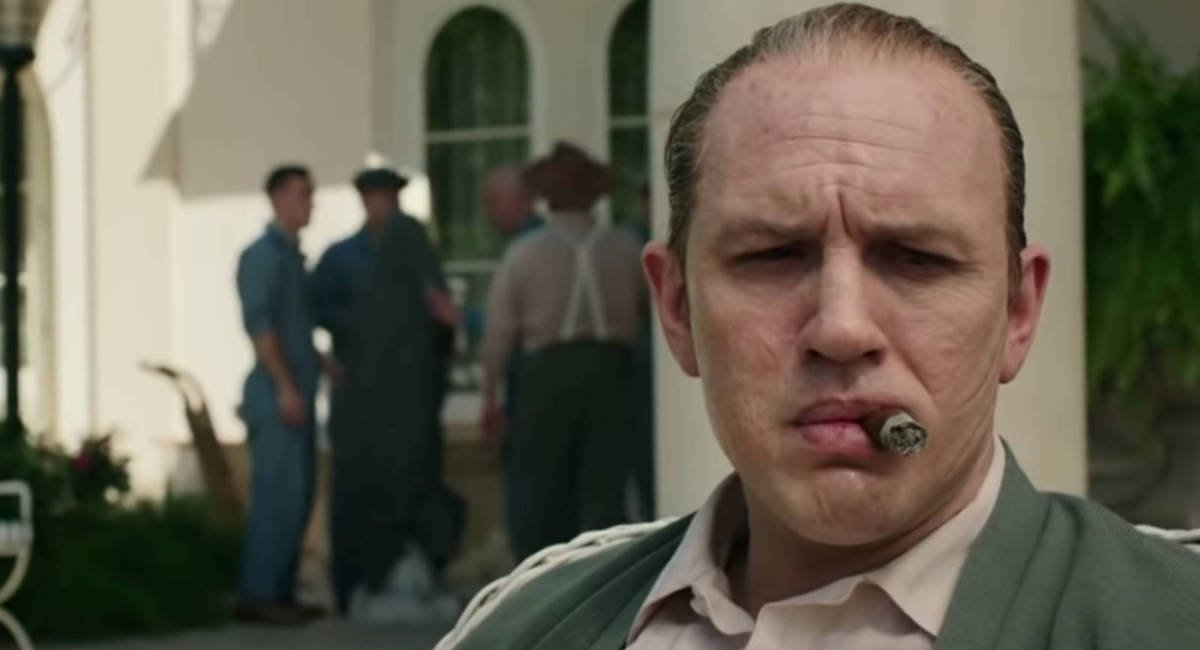The evolution of the “gangster movie” has been interesting to witness. Hollywood kept the genre alive for decades, transitioning from tough guys James Cagney and Edward G. Robinson to the subdued threats of Robert De Niro and Al Pacino over the years, but what has remained consistent is that entries have always enjoyed focusing on the bloody rise and even bloodier fall of crime bosses who lived large, laid waste to many an enemy, then went out in a hail of bullets. “Top of the world, ma!”
Recently, though, storytellers have begun to deconstruct an intriguing period in the life of a gangster – the guilt-ridden retirement years of the rare survivors of a Mafioso existence. Crime bosses shouldn’t expect to live to see their twilight time. But Martin Scorsese’s The Irishman wrestled remorse and retribution as one former gangster came to terms with his past acts, and now we have Josh Trank’s Capone taking a magnifying glass to the tormented final days of the notorious gangster Al Capone.
They aren’t pretty. They’re hardly even lucid. Having served almost eight years in prison (after being convicted for tax evasion of all things), the former Public Enemy No. 1 was permitted to retire to Florida because neurosyphilis – an infection of the central nervous system – was destroying him from within. The end result is the polar opposite of a conventional gangster picture, featuring an engrossing tour-de-force performance from Tom Hardy in the lead role.
Tom Hardy buries himself in yet another captivating role.
Tom Hardy is a movie star, full stop. He’s also still likely to be able to parade around in public, because he goes to great lengths to disguise his movie star-worthy good looks whenever he graces the silver screen. He’s once again unrecognizable in Capone, shrouded in decaying makeup and a hairline-thinning wig to play a 48-year-old (!!!) Capone as what’s left of his life slips away.
There are glamorous star turns in Hollywood, and then there are what Hardy’s asked to do. Capone perpetually chomps on a cigar until he doubles over from coughing, spitting up chunks of lung into a waste basket. The gangsters eyes appear red. Not bloodshot, but actually colored red, as if they were in agony. Oh, and he’s incontinent, meaning he’s prone to shit the side of the bed he shares with his wife, Mae (Linda Cardellini), or fill the diapers he wears on a daily basis.
Hardy embraces all of the lunacy that comes with playing a failing Capone. Full scenes consist of the actor grunting or growling instead of talking. When he does speak, the accent is labored as it drifts from English to Italian. He communicates with icy stares or bursts of angry flailing. His messages are always received. But Hardy also grounds Capone, which could have devolved into satire if the actor didn’t bring menace to the psychological horror conveyed by Josh Trank’s screenplay. The writer/director wants to explore the paranoia that’s infused into a man who committed a number of atrocities, and Hardy expertly communicates the demons that peek out from Al Capone’s broken soul.
Josh Trank’s third film departs completely from his previous work and references everything from Coppola to Kubrick.
Josh Trank won’t want to be, but he’s destined to become at least part of the story of Capone (a movie that once went by the name Fonzo until Capone proved to be more marketable). After turning several heads with his debut found-footage superhero movie Chronicle, Trank was courted by Lucasfilm to direct a Star Wars film and did complete work on a Fantastic Four movie... until it was wrestled from his grip and reshot. Those who were hooked on his potential likely will give Capone a look to see if Trank actually can deliver.
If Chronicle captured the shaky-cam aesthetic of the late 2000s (thank you, Cloverfield), then Capone harkens back to the lush, deliberately paced crime dramas of the 1970s. Louisiana stands in for Florida in 1947, and cinematographer Peter Deming shoots the locations like a sun-dappled paradise, while costume designer Amy Westcott contributes to the glory and decadence that signifies Capone’s surface. That’s because under the top layer, the gangster’s soul and mind are eroding, and Trank shows real flair when he explores the nightmares that continuously plague Capone. In one thrilling sequence, Capone stumbles through a series of violent memories that create the mood of Shining-era Kubrick, an eerie and unexpected nod in this consistently surprising biopic.
Capone humanizes, and therefore deflates, the myth of the gangster.
You’ve seen gangster films that lionize the rule-breakers, frequently putting criminals on pedestals so that audiences often hope they’ll triumph over the law. Capone does the opposite of this. It punches holes through the mythology of Al Capone as a notorious crime boss, humanizing him as it humiliates him as a victim of his failing systems.
There will be a lot of conversation about one scene, in particular, where desperate FBI agents are trying to get any information they can out of Capone before his body completely gives out. While being interrogated, Capone shits himself. Loudly. Disgustingly. His attorney sneers at the federal agents, “Is this what you wanted?”
Well, it is what Josh Trank wanted. He’s more fascinated in the man than he is the myth, and the man was weakened and frail. He was ruthless, but delirious. He had power, but the fate of every human being also fell on Capone. No one lives forever, no matter how many gold-plated tommy guns you can hold in your hands.
Capone sidesteps the biopic formula. It wallows in its character’s dementia, making for an uncomfortable and unpredictable trip. But the movie is a trip, and Hardy’s double-fisted embrace of the irregular part makes this movie a must-see for any curious onlookers.
Capone will be available on VOD beginning on May 12.

Sean O’Connell is a journalist and CinemaBlend’s Managing Editor. Having been with the site since 2011, Sean interviewed myriad directors, actors and producers, and created ReelBlend, which he proudly cohosts with Jake Hamilton and Kevin McCarthy. And he's the author of RELEASE THE SNYDER CUT, the Spider-Man history book WITH GREAT POWER, and an upcoming book about Bruce Willis.











